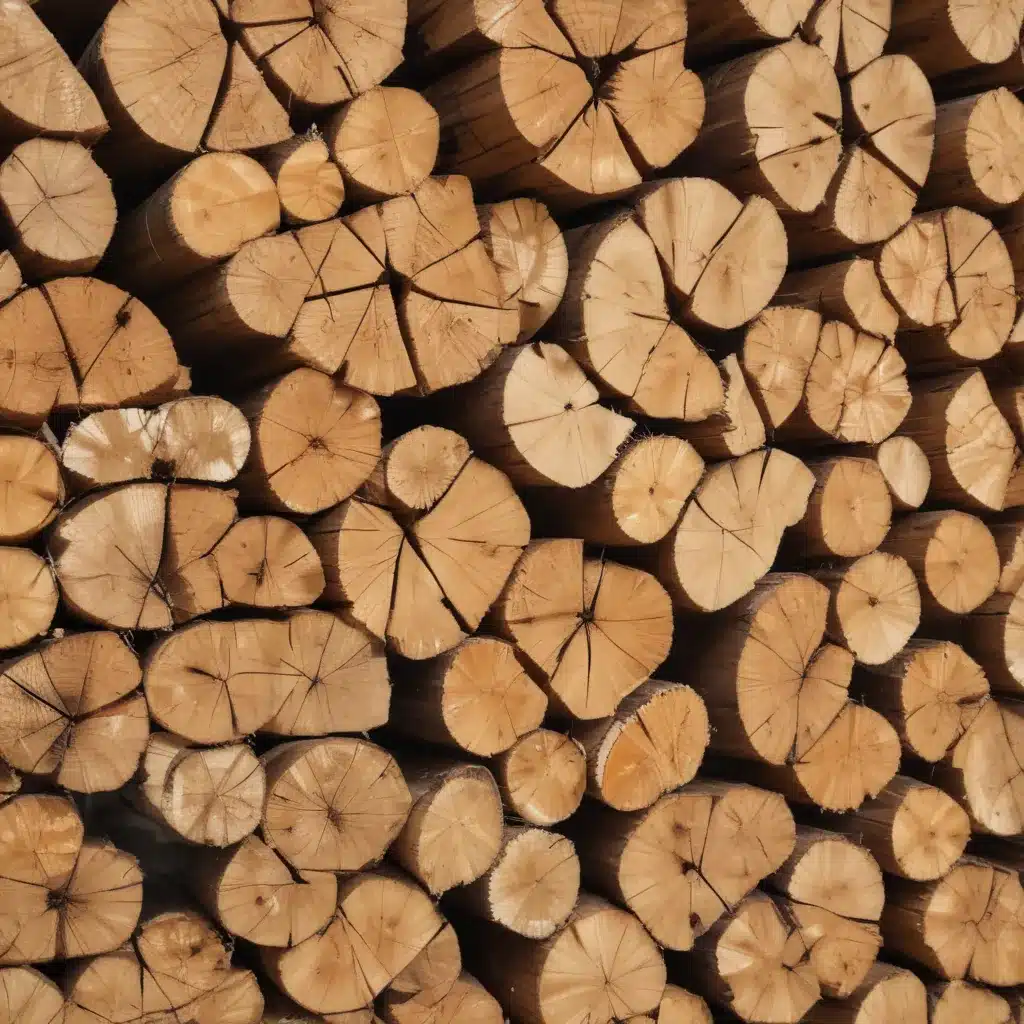
Uncovering the Untold Wonders of Scotland’s Forests
As I gaze out the window of my cozy home in Aberdeen, I’m captivated by the breathtaking scenery that surrounds me. The rolling hills, the towering pines, and the lush, verdant forests – it’s a sight that never fails to fill me with a sense of wonder and pride. You see, I’m a true Scot, born and raised in this rugged and beautiful land, and the forests that dot our countryside hold a special place in my heart.
Celebrating the Diversity of Scotland’s Trees
Scotland’s forests are a veritable treasure trove of diversity, with a wide range of tree species that have adapted to thrive in our unique climate. From the towering Douglas fir to the stately Scots pine, our forests are home to a dazzling array of conifers, each with its own unique characteristics and practical applications.
Take the Corsican pine, for instance – a slender, conical tree with distinctive twisted needles and fissured, dark greyish-brown bark. Or the noble fir, a handsome conifer with long, upswept bluish-grey needles and large, upright cones. And who could forget the iconic Scots pine, Scotland’s national tree, with its twisted blue-green needles and furrowed, orange-red bark?
But it’s not just the conifers that make our forests so special. Our broadleaved trees, such as the mighty oak, the graceful rowan, and the delicate small-leaved lime, add an unparalleled beauty and richness to the landscape. Each species has its own unique story to tell, and I never tire of learning more about them.
Discovering the Many Uses of Scottish Timber
As a building and renovation company serving the people of Aberdeen, I’m acutely aware of the incredible value that Scottish-grown timber holds. Not only is it a sustainable and eco-friendly resource, but it also boasts a level of quality and craftsmanship that is simply unmatched.
Just imagine the possibilities – the sturdy and resilient Douglas fir, perfect for framing and structural work; the fine-grained and beautiful Scots pine, ideal for furniture and cabinetry; the versatile hybrid larch, suitable for everything from flooring to cladding. And let’s not forget the charming and historic wild cherry, with its smooth, purplish-brown bark and delicate white flowers.
ABC Home, our company, has made it our mission to champion the use of these locally-sourced timber treasures. We firmly believe that by keeping it local and supporting our Scottish forestry industry, we can not only create stunning, high-quality projects for our clients, but also contribute to the long-term sustainability and preservation of our precious natural resources.
Embracing the Environmental Benefits of Scottish Timber
But the benefits of using Scottish-grown timber extend far beyond just the finished product. By sourcing our materials from local forests, we’re helping to reduce our carbon footprint and support the overall health of our ecosystem.
After all, these trees don’t just provide us with valuable timber – they also play a vital role in maintaining the delicate balance of our natural world. They offer shelter and sustenance to a vast array of wildlife, from songbirds and squirrels to deer and rabbits. Their leaves and needles help to nourish the soil, while their roots help to stabilize the earth and prevent erosion.
And let’s not forget the crucial role that forests play in capturing and storing carbon dioxide, one of the primary drivers of climate change. By choosing Scottish-grown timber over imported alternatives, we’re actively contributing to the fight against global warming and securing a brighter, more sustainable future for generations to come.
Embracing the Unique Character of Scottish Timber
But the true beauty of Scottish-grown timber lies not just in its practical applications or its environmental benefits, but in its inherent character and charm. Each piece of wood is imbued with the unique history and personality of the forest from which it came, from the intricate grain patterns to the subtle variations in color and texture.
Take the Corsican pine, for instance – its fissured, dark greyish-brown bark is a testament to the harsh, windswept conditions it has endured, while the Douglas fir’s reddish-brown, corky bark speaks to its resilience and strength. And the hybrid larch’s distinctive grey-brown bark, fissured into regular plates, is a reflection of its adaptability and resilience.
When you work with Scottish-grown timber, you’re not just building a structure – you’re telling a story, weaving together the rich tapestry of our natural heritage. It’s a connection to the land that is both deeply personal and universally resonant, a way of honoring the incredible diversity and beauty of our forests.
Conclusion: Embracing the Local, Embracing the Future
As I sit here, surrounded by the sights and sounds of my beloved Scottish countryside, I can’t help but feel a deep sense of gratitude and pride. Our forests are truly a treasure trove of wonder and possibility, and by embracing the use of Scottish-grown timber, we’re not just building better homes and buildings – we’re also preserving the legacy of our natural heritage and securing a brighter, more sustainable future for all.
So if you’re looking to embark on a building or renovation project, I encourage you to consider the incredible benefits of Scottish-grown timber. By keeping it local and supporting our forestry industry, you’ll be contributing to the long-term health and vitality of our stunning landscapes, while also creating something truly unique and enduring. It’s a win-win for all, and I can’t wait to see what we can build together.
















